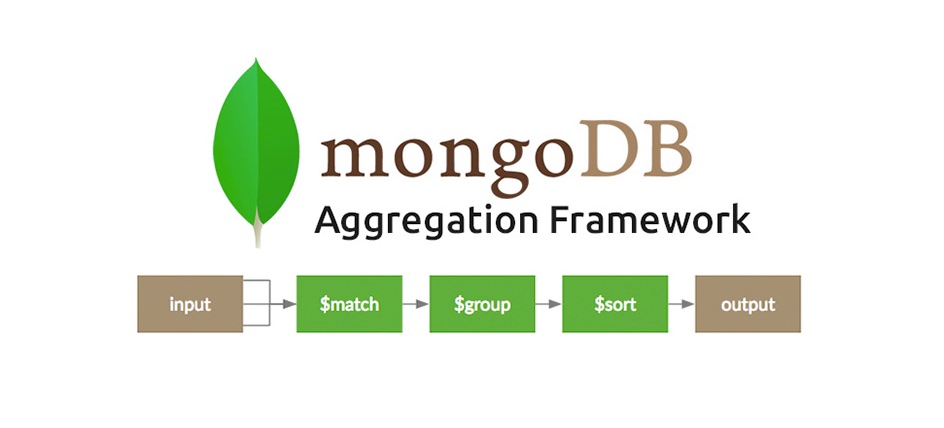学习 MongoDB Aggregation Pipeline

统计性别的分布情况⌗
现在有一个 users collection,我们需要再 BI 中展示出 users 的性别分布情况,数据如下:
[
{"name": "USER-01","gender": "male"},
{"name": "USER-02","gender": "female"},
{"name": "USER-03","gender": "male"},
{"name": "USER-04","gender": "female"},
{"name": "USER-05","gender": "male"},
{"name": "USER-06","gender": "female"},
{"name": "USER-07","gender": "female"},
{"name": "USER-08","gender": "female"},
]
Laravel 中实现如下:
use Jenssegers\Mongodb\Collection;
$data = User::query()->raw(function(Collection $collection) {
return $collection->aggregate([
[
'$group' => [
'_id' => '$gender',
'count' => [
'$sum' => 1
]
]
],
[
'$project' => [
'_id' => 0,
'gender' => '$_id',
'count' => 1
]
]
])->toArray();
});
return response()->json($data);
得到的结果如下:
[
{
"gender": "male",
"count": 3
},
{
"gender": "female",
"count": 5
}
]
统计出生年份分布情况⌗
现在有一个 users collection,我们需要再 BI 中展示出 users 的出生年分布情况,数据如下:
[
{"name": "USER-01","birthday": ISODate("1998-04-24T00:00:00.000Z")},
{"name": "USER-02","birthday": ISODate("1998-04-24T00:00:00.000Z")},
{"name": "USER-03","birthday": ISODate("1997-04-24T00:00:00.000Z")},
{"name": "USER-04","birthday": ISODate("2000-04-24T00:00:00.000Z")},
{"name": "USER-05","birthday": ISODate("1991-04-24T00:00:00.000Z")},
{"name": "USER-06","birthday": ISODate("1992-04-24T00:00:00.000Z")},
{"name": "USER-07","birthday": ISODate("1992-04-24T00:00:00.000Z")},
{"name": "USER-08","birthday": ISODate("1994-04-24T00:00:00.000Z")},
]
Laravel 中实现如下:
use Jenssegers\Mongodb\Collection;
$data = User::query()->raw(function(Collection $collection) {
return $collection->aggregate([
[
'$group' => [
'_id' => [
'$dateToString' => [
'format' => '%Y',
'date' => '$birthday'
]
],
'count' => [
'$sum' => 1
]
]
],
[
'$project' => [
'_id' => 0,
'year' => '$_id',
'count' => 1
]
]
])->toArray();
});
return response()->json($data);
得到的结果如下:
[
{
"year": "1998",
"count": 2
},
{
"year": "1997",
"count": 1
},
{
"year": "2000",
"count": 1
},
{
"year": "1991",
"count": 1
},
{
"year": "1992",
"count": 2
},
{
"year": "1994",
"count": 1
}
]
其他查询条件⌗
如果需要增加其他查询条件可以在 Pipeline 中使用 $match,如下面代码所示:
$result = User::query()->raw(function (Collection $collection) {
return $collection->aggregate([
[
'$match' => [
'status' => 'active',
'created_at' => [
'$gte' => new UTCDateTime('2010-01-01'),
'$lte' => new UTCDateTime('2022-08-10')
]
]
],
[
'$group' => [
'_id' => [
'$dateToString' => [
'format' => '%Y',
'date' => '$birthday'
]
],
'count' => [
'$sum' => 1
]
]
],
[
'$project' => [
'_id' => 0,
'year' => '$_id',
'value' => '$count'
]
]
])->toArray();
});
上面的 $match 中表示只查询用户状态为 active 并且注册于 2010-01-01 ~ 2022-08-10 之间的用户。
总结⌗
ORM 虽然好用省事,但是有些复杂的查询依然无法满足。不知道是不是年纪大了,越来越喜欢手写 SQL 或者 BSON 查询了。
I hope this is helpful, Happy hacking…